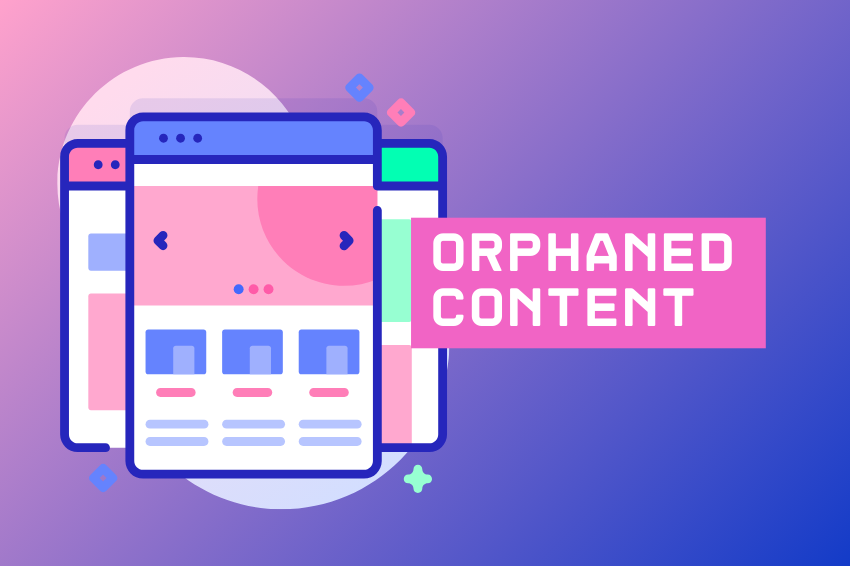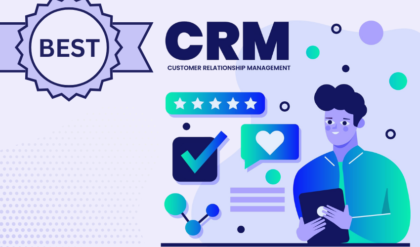Understanding Orphaned Content
Orphaned Content is defined as web pages, documents, or multimedia that are not categorized, and have no specific use in an organization. Such content cannot be properly linked or embedded in the bigger picture of the learning or working environment, which means it becomes challenging to maintain or modify it.

There are several types of Orphaned Content and they arise from areas such as abandoned marketing promotions, half-finished projects, or projects with resource material. In the long run, this creates excessive clutter in the respective platform, resulting in several limitations and difficulties in the user interface.
This does not only affect the experience of the user but also jeopardizes SEO and overall cohesiveness of the website. Therefore, it becomes very important in the modern world to have clear comprehension of what Orphaned Content is, its consequences as well as how it can be dealt with.
Definition and Characteristics
Orphaned Content can be defined as that content which has not been interconnected with other content in the right way and has no links through which users can be redirected to it. This can happen in several categories:
- Dead Links: This is where links whose targets are no longer active or in occasions where links are created to point to a specific address, but the address is later changed without proper rerouting.
- Disconnected Pages: The pages which were originally in a specific website structure and have a link to other pages of that website but were cut and paste elsewhere either due to redesign or reorganization.
- Broken Links: Information that is no longer current or has been updated by new information still linked to in the site.
Causes of Orphaned Content
The following are some of the variables that lead to committal of orphaned content:
- Site Relocating: It is very common that major restructuring of the site pages might lead to broken or lost links since some of the internal references might not have been updated.
- Content Deletion: This is a situation where many pages are deleted, but there is no proper formation of a forwarding chain, and this makes content to become orphaned.
- Lack of Document Management: This is a common problem where content is presented on the site but it has no relation to other material found on the site.
- Limited Link Checking: Failure to check and update the links on the Web site may enable unwanted and uncontrolled content to be created.
Implications of Orphaned Content
User Experience
Overall, the problem of orphaned content has a negative impact on the quality of the site since a user can be redirected to unrelated content. When customers fail to find what they are looking for or experience dead links, frustration occurs and final outcomes are low traffic rates. The continuity of the navigation is a very important factor, which should be considered, in order to keep the visitors on the site for a longer time.
SEO Impact
It is nice to note that search engines depend on internal linking structures to enhance their crawling and indexing processes. Such content orphaning again poses a problem when implemented and may lead to low rankings. Such pages may also be seen by the search engines as less authoritative which reduces the chances of high visibility of such pages.
Resource Wastage
It simply means providing care and attention to the useless content and failing to give value to people’s time and resources spent on consuming such content. This entails storage space for servers, band space and time that will otherwise be utilized towards maintenance and development of superior material that is of higher value to the intended readers.
Brand Perception
The presence of orphaned content on a website could devalue the corporate image that has been adopted by a firm. Other consequences of failing to adopt this concept are likely to see the brand as unstructured or has old-fashioned branding, thus reducing its authorization.
Identifying Orphaned Content
Tools and Techniques
The first in order necessity becomes the identification of the orphaned content which can take various forms, as described above. The following are some of the tools and techniques that can be used for the purpose:
- Crawl Tools: You can use a software, such as, Screaming Frog SEO Spider, Ahrefs, and DeepCrawl that can crawl a website and show which links are broken as well as which pages are orphaned.
- Link Audit Reports: These usually include periodic compilation and analysis of link reports so that content may be seen as a way in which some of it has formed connections.
- Analytics: Through web traffic information it is very easy to notice web pages that cause low engagement or high bounce rate which may be an indication of Orphaned Content.
- Sitemap Analysis: The most effective comparison can be made between the current sitemap and the previous one where the new pages that are missing can be noted the same applies for the pages that have been moved.
Manual Review
Nevertheless, content managers’ additional checkups are useful because they are not fully automated. It is especially vital for deciding whether an item is potentially of interest and beneficial to share, given it is not detected by the filters.
Strategies for Managing Orphaned Content
Redirects and Re-linking
The most useful tactics for handling of orphaned content is that of appropriate redirection. Every now and then, some links do become broken but one has to ensure that the users get to the necessary information, thus, redirecting the broken link to any similar existing one. Also, the linking of content that is found within the site can help recall of its contextual nature and enhance the site’s possibilities for navigation.
Content Consolidation
When there is linked data that is spread out on various pages, it may be helpful to unite them all into one page that will yield huge results. This lessens the problem of repetition and enhance the experience of the users in terms of absorption of information.
Regular Audits
Link and content audit should be performed regularly for any website to be in good condition all the time. It is possible to recognize such orphaned content by using these audits and addressing them while they are still in their early stages.
Documentation and Training
That is why adequate documentation of records in respect to content management processes as well as ensuring that the staff goes through training can go a long way in ensuring that Orphaned Content is eliminated. It is important that there are clear policies on managing and handling update, deletion, and migration of content within the site.
Utilizing Internal Search
Improving the internal search is one of the methods to help users find such lost and forgotten content on a website. A good search engine enables the users to search for information specifically if the information cannot be accessed by the links on other websites.
Case Studies
Example 1: E-commerce Website
A clothing site net selling that undertook a total redevelopment project had noticeable broken links and a large number of orphaned products. The company’s internal linking structure was then refreshed by means of a detailed link audit linked with an appropriate setting up of 301 redirects beneficial to the users and the SEO potential.
Example 2: Educational Portal
An educational portal suffered for instance the problem of having outdated courses that have been left without an owner once changes in curriculum were made. Since the relevant courses degenerating it into excessive sub-topics were converge into integrated modules and the linkages were developed again within the site, the virtue and visitors’ interactions with the portal were improved.
Future Trends and Innovations
AI and Machine Learning
An example of useful emerging technologies for the identification and maintenance of orphaned content is AI and Machine Learning. It is possible to maintain the content integrity by analyzing large amounts of data, recognizing the patterns and proposing the solution with the help of these technologies.
Blockchain for Content Management
It will be possible with the help of blockchain technology where attests of content modification as well as the link structure could be recorded. This transparency can help to eliminate such instances where some content is left without a corresponding revision history.
Enhanced User Feedback Mechanisms
It also enables the identification of users’ content which an automated approach might fail to discover due to its abandonment by other users. They allow the content manager to correct such problems as broken links or missing information, as users can inform about them.
Conclusion
Orphaned Content is a considerable problem with regard to the website’s usability, browser availability, and resource optimization. When one realizes its factors and consequences, they can adopt proper measures to detect the cases of orphaned content in the website they manage. Auditing and compliance, redirection, consolidation of content, and the application of the new has to be observed when developing the website for coherence and ease of navigation. Being proactive and constantly ready for changes will also play the most important role in the future when it comes to coping with the problem of orphaned content and providing users with the seamless experience.





